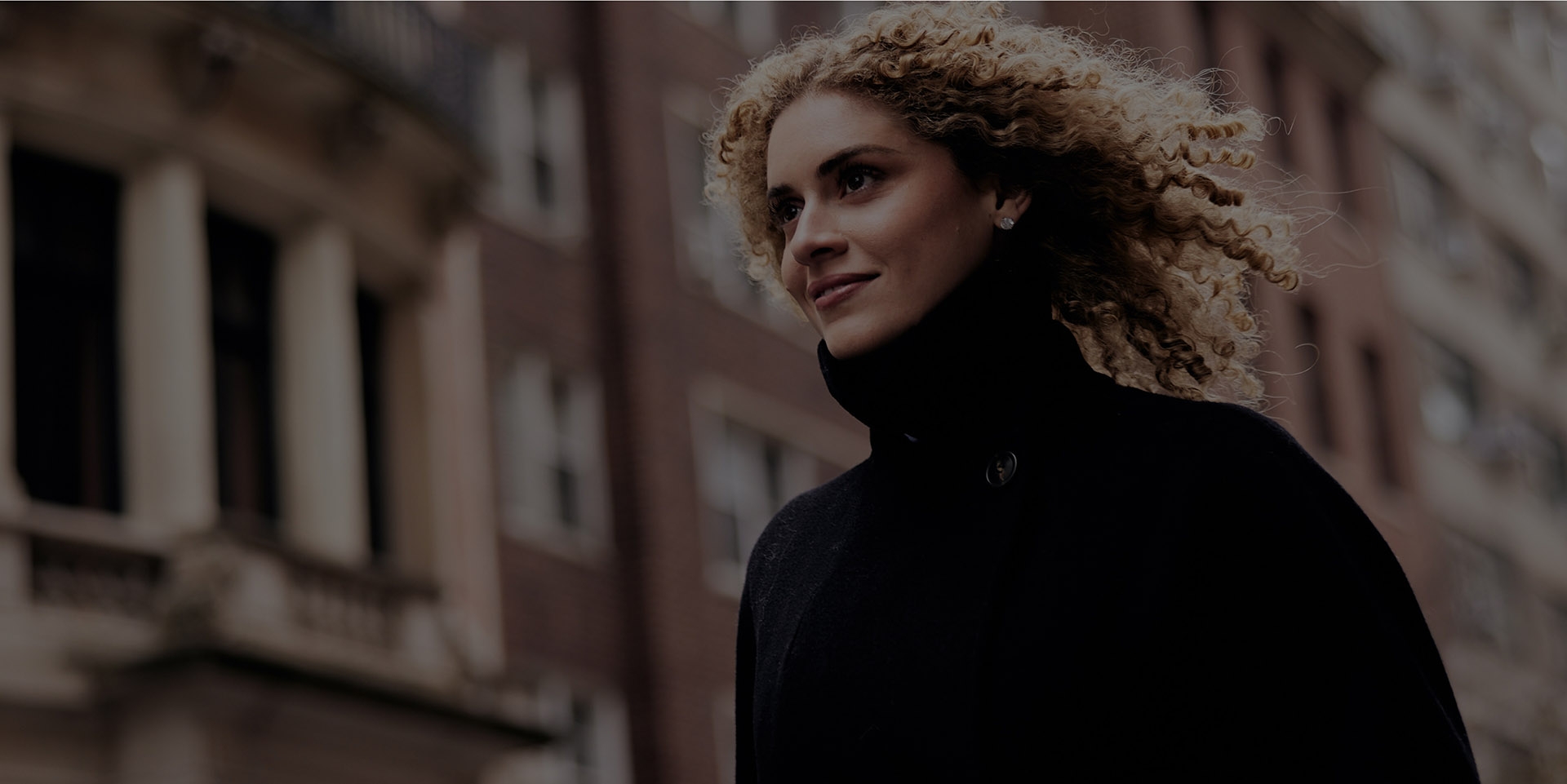The Challenges of an Ethnic Rhinoplasty
Every ethnicity has a unique nose structure – beyond just appearance. The toughness of the skin and cartilage varies widely with different ethnic backgrounds. To produce a truly remarkable enhancement for people of different backgrounds, a deep understanding and breadth of experience in correctly addressing the challenges posed by each ethnic group in reshaping the nose to suit the facial structure. Some of the issues that arise in an NYC ethnic rhinoplasty with ethnicities such as those of Middle Eastern descent, Latinos or Hispanic patients, Asians, and African-Americans include:
- Thicker nasal skin that conceals narrowing of the nasal structure
- Darker skin tones are more likely to develop scars after surgery
- Thicker-skinned patients are more likely to experience excessive swelling after surgery
- Many ethnic backgrounds have thinner and softer cartilage






















